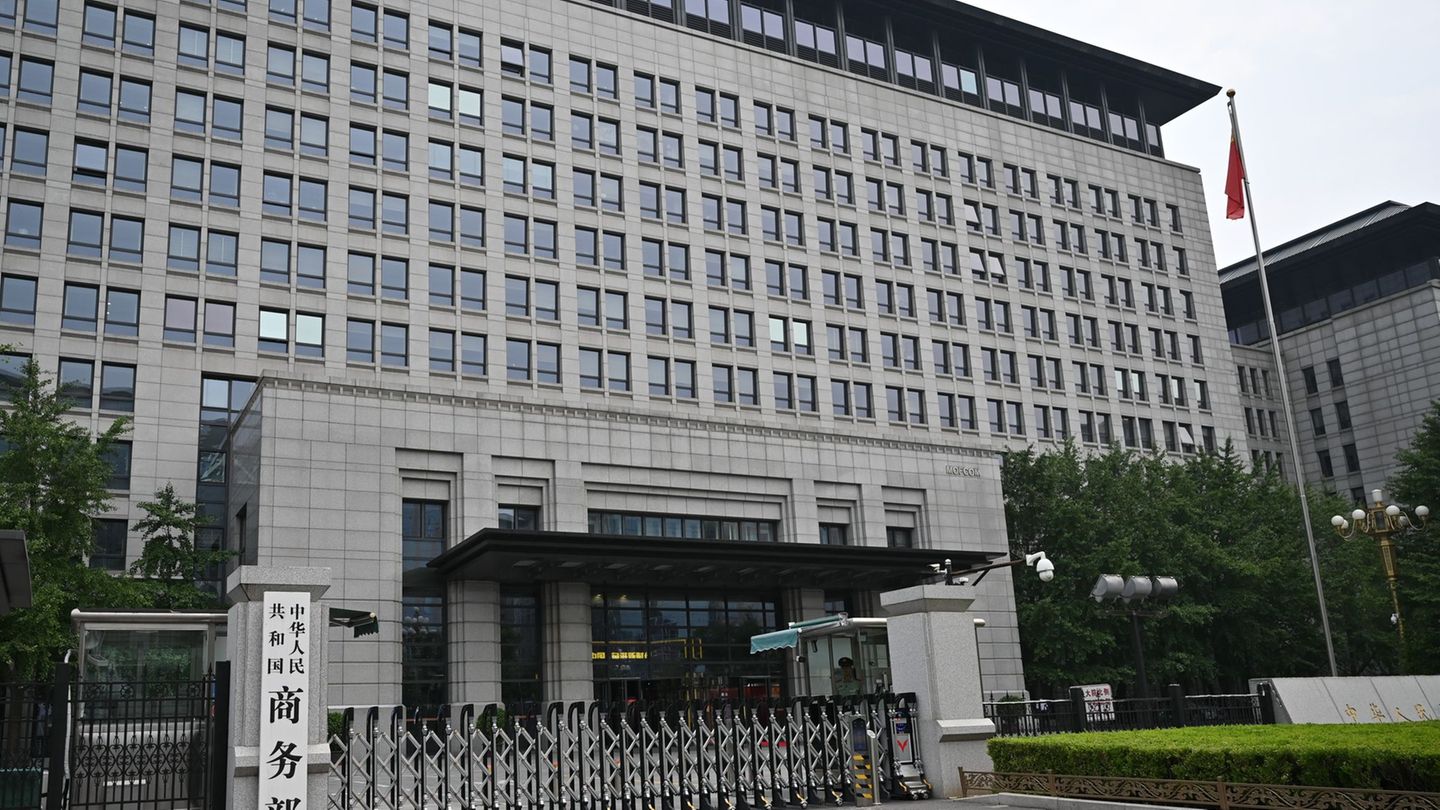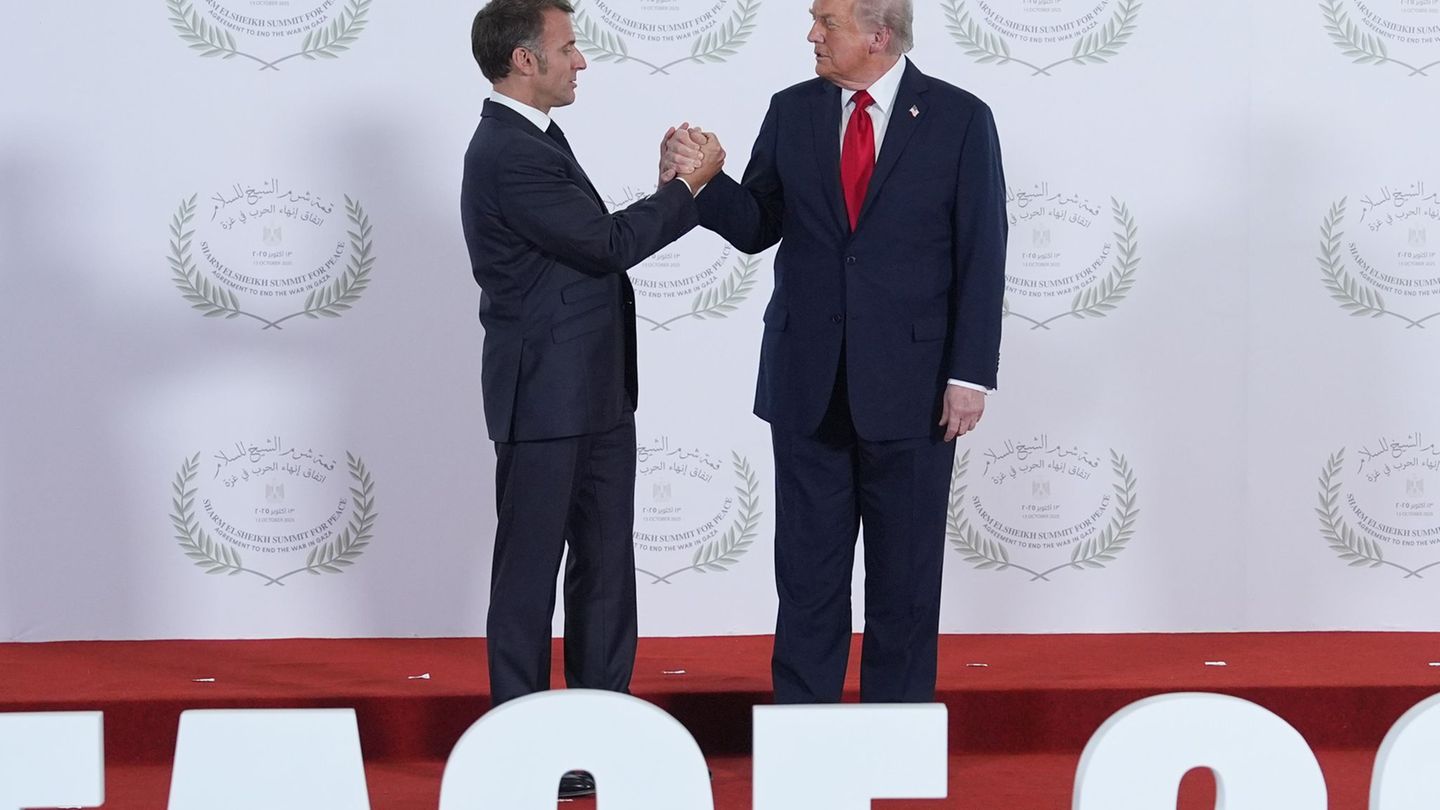2023 was not the best year for the global investments amid a slowdown in the economy at an overall level, and transactions of merger and acquisition among companies were affected by it. Still, in Uruguay A stable level was achieved with 20 operations of this type by foreign capital towards local firms; similar to what happened in 2022.
Uruguay XXI presented together with Uruguay Innovation Hub and the Uruguayan Private Equity Association the report of Investment Funds, Mergers and Acquisitions in Uruguaywhich recorded that, in 2023, there were 20 M&A transactions (Merge and Acquisition). Of this total, 16 corresponded to the trade and services hub platform, which includes global services companies, fintech, technology and services associated with trade; and there were some in the agribusiness sectors.
The main foreign capitals that carried out transactions in Uruguay They were companies of American, Mexican, Brazilian and Argentine origin.
There were also several deals between technology companies in the fintech sector. Although the 20 operations are listed, the report highlights some in particular, such as the acquisition of Handy, a company dedicated to the digital payment media sector, by the Brazilian bank Itau; or that of the Uruguayan payment media company TotalNet by the Spanish Indra.
In this sense, financing rounds between fintechs represented a significant part of the total operations recorded this year: fintech Bankingly, focused on the development of online banking, received a new injection of foreign capital, this time for an amount of 2.5 million dollars; Prometheus raised a total of $13 million from international investors such as PayPal and Samsung; and Brinta, a platform that simplifies tax compliance for companies, raised $5 million in capital.
The software production and associated services sector also witnessed notable operations: Montevideo Labs was acquired by Blend360, an American company; while Hexacta, specialized in digital engineering, was bought by GlobalLogic, a company of the group Hitachi.
In the agro-industrial sector, the Uruguay XXI report highlighted two companies: Minerva Foods completed the acquisition of the refrigerator of Breeders & Packers (BPU Meat) and Bimbo announced the acquisition of Pagnifice, property of Linzor Capital —although the latter was not approved by the Commission for the Promotion and Defense of Competition (Coprodec) of the Ministry of Economy and Finance (MEF).
Mergers and acquisitions of the last decade
The report of Uruguay XXI, Uruguay Innovation Hub and the Uruguayan Private Equity Association The report also analyses the mergers and acquisitions of local companies by foreign capital over the last decade. Of the 176 transactions recorded, the majority were company acquisition agreements (77%), followed by partial purchases (23%) and a single joint venture operation (1%).
According to the review of the institutions, at the beginning of the period studied a considerable number of agreements were observed in companies in the Manufacturing sector, such as refrigerators, laboratories, forestry and dairy companies, as well as companies global servicesmainly in the areas of software and financial services. In 2016, after a slight decline, the momentum in deals resumed, with companies in the agricultural, retail and energy industries standing out; while in 2019, before the pandemic, there was a decline followed by a sustained recovery in the following years, with deals being made mainly in retail companies.
During 2020 and 2021, global services companies led the majority of deals, although in 2022 the focus was on the services sector: with a total of 13 deals, it was the largest number of deals in this sector in the decade. In 2023, deals were also concentrated in the global services sector.
As for the origins of foreign capital, in the last two decades, USA —mostly for global services— and Argentina —with an interest in industrial companies— emerged as the main buyers of Uruguayan companies. Together, these two countries accounted for 30% of all transactions. In second place were investments from Brazil, followed by acquisitions made by Spanish companies. Thus, these four countries accounted for half of the acquisitions; the other half corresponded to agreements of diverse origins such as Chile, Canada and France.
Source: Ambito




